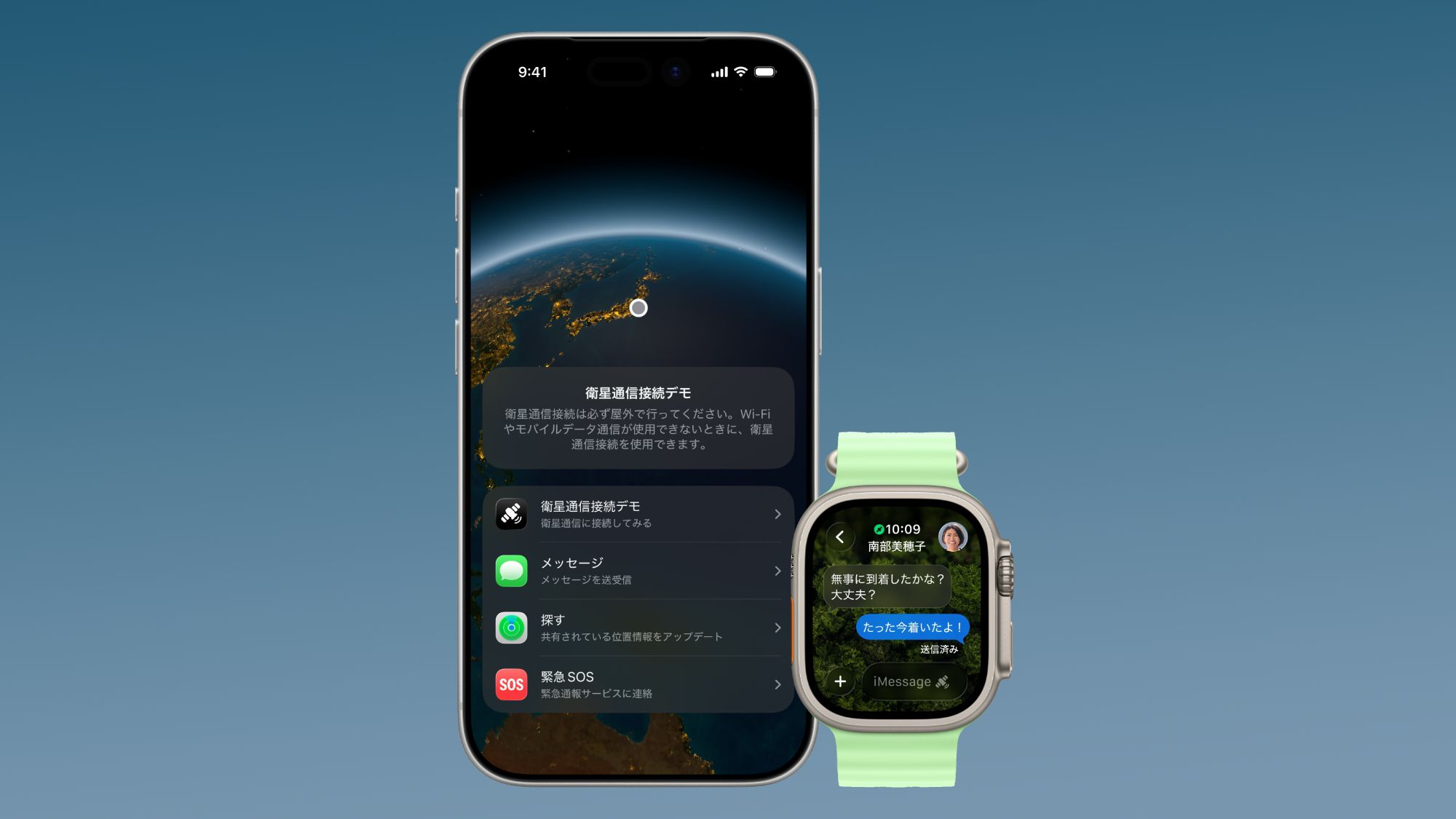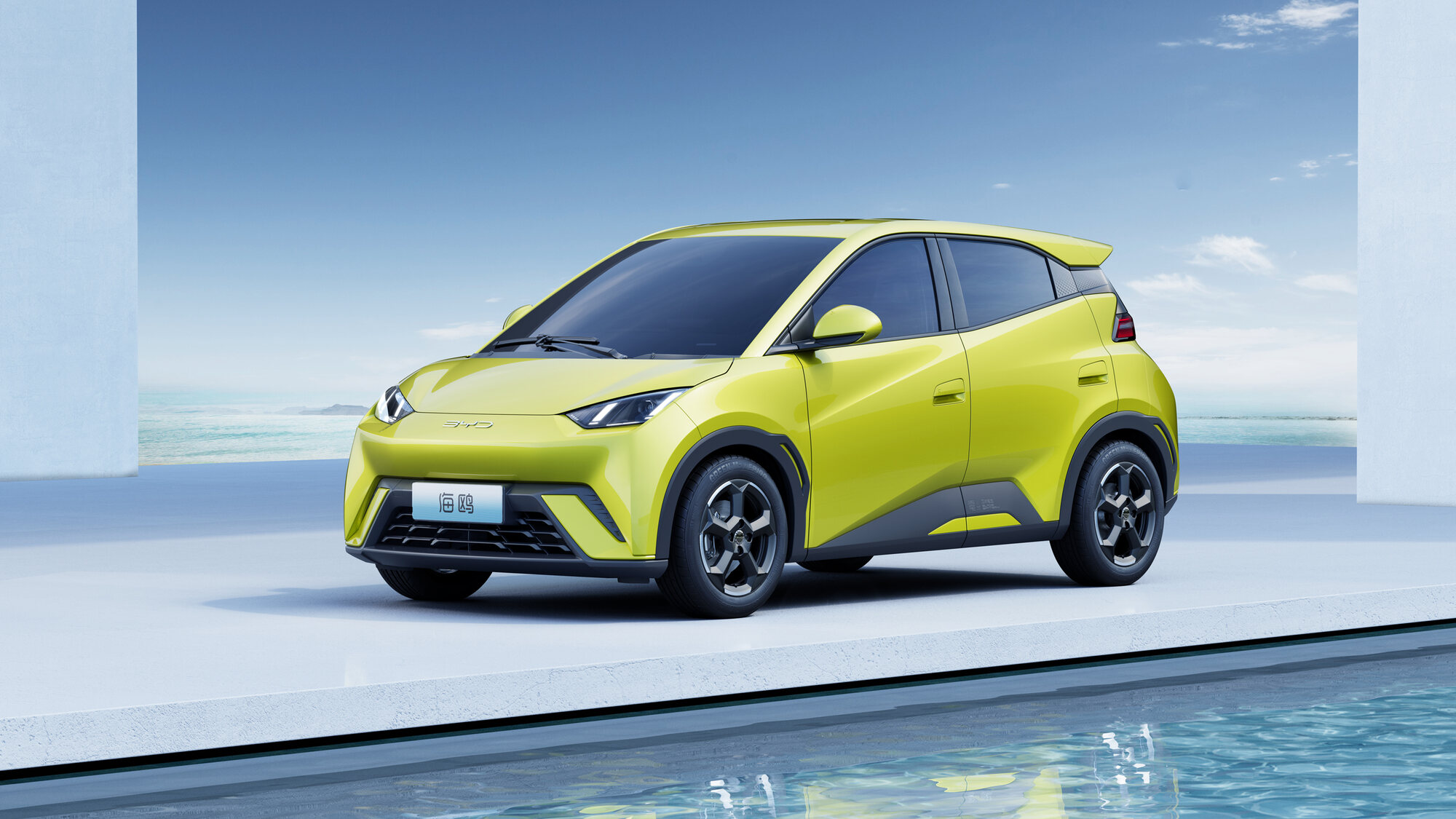Apple just introduced the brand-new iPhone Air, calling it “a paradox you have to hold to believe.” The iPhone Air is the slimmest phone Apple has ever produced, measuring a mere 5.6 mm thick. The Air also weighs in at just 165 grams, yet Apple claims it is more durable than any previous iPhone model.
But will Apple enthusiasts care about the sleek design more than the price point? More than the features that had to be sacrificed in favor of the slim profile? Let’s do a deep dive into the iPhone Air and find out if it’s the phone for you.
iPhone Air 2025 Release Date & Pricing
Availability
- Pre-order September 12
- In stores and shipping September 19
Pricing
Customers in the USA can get between $200 and $700 off when trading in an iPhone 13 or later model, and may find even better trade-in deals through their cellular service carrier.
- $999 or $41.62/month for 256 GB
- $1199 or $449.95/month for 512 GB
- $1399 or $58.29/month for 1TB
The iPhone Air at a Glance

The most notable features of the iPhone Air include:
- Super Retina XDR display
- ProMotion technology
- Always-On display
- Dynamic Island
- Titanium frame
- Ceramic Shield front and back
- Action button
- Camera Control button
- Apple Intelligence
- A19 Pro Bionic chip
- New Ultra Wide camera with Macro photography option
- All-day battery life
- Up to 27 hours of video playback
- Emergency SOS, Roadside Assistance, and Messages via satellite
- Crash Detection
- USB-C (supports USB 2)
iPhone Air Features vs Other Available iPhones

How do the iPhone Air’s features stack up to the iPhone 17 family? Is it a good value for the price? Some of this is objective, and some subjective. Some may be so excited by the concept of the slimmest iPhone ever that they’re willing to sacrifice some features and capabilities for the sheer novelty of the device. Others may take a more pragmatic approach and be willing to wait a few more years until Apple can offer the slim profile along with top-of-the-line features. Let’s go over the facts, so you can decide which camp you fall into.
Let’s start with the objective and go over how the iPhone Air stacks up against the other iPhones announced this year. I like to use the Apple Comparison Tool for this kind of work.
The iPhone Air, iPhone 17 Pro, and iPhone 17 Pro Max have a ton in common. They all have an Action and Camera Control button, run on the same powerful A19 Pro chip, offer the same storage options, run Apple Intelligence features, and have an 18 MP front camera.
Price-wise, the Air is certainly cheaper. At list price, you’ll pay $100 more for the Pro and $200 more for the Pro Max. What kind of features do you get for those extra dollars? They fall mostly into display size, battery life, and camera features.
If you like a larger display, you can go with the iPhone 17 Pro Max, which has a 6.9-inch display, rather than the 6.5 inches offered by the Air. As for battery life, Apple reports that the Air has all-day battery life, which lasts for up to 27 hours of video playback. What’s more, the battery can recharge up to 50 percent in just 30 minutes. The iPhone 17 Pro and Pro Max also have all-day battery life, though that day must be longer than the one referred to for the iPhone Air, since the Pro offers up to 33 hours of video playback, while the Pro Max lasts for 39. Both charge up to 50 percent in just 20 minutes with Apple’s new high-wattage power adapter.
Now to the main difference: camera features and capabilities. The iPhone Air only has a rear 48 MP camera, though Apple took pains during the announcement to emphasize its versatility. The camera system includes an 18 MP Center Stage front camera, 48 MP Fusion main camera, and 4K 60fps Dolby Vision. With the Air, you’ll be able to frame photos and videos in exciting new ways, including taking landscape shots without rotating your phone. The frame automatically expands when more people get in the shot, and there’s a useful Dual Capture video feature that records using both the regular and front-facing (selfie) cameras simultaneously. Video is ultra-stabilized, and you can use Center Stage for video calls.
The iPhone 17 Pro and Pro Max each have three 48 MP cameras. They offer all the camera capabilities featured in the iPhone Air and quite a few more. These include up to 8x optical zoom capability, while the Air tops out at 2x. The 17 Pro and Pro Max can also take gorgeous macro photos, Spatial photos, and capture ProRAW, while the Air can’t.
The iPhone 17 Pro and Pro Max also shine when it comes to video. Both offer Cinematic mode, Spatial mode, ProRes recording, and Macro video recording, including slo‑mo and time‑lapse, all with a studio-quality four-microphone array to capture clear audio. The Air lacks all of these capabilities. If you’re a photographer, filmmaker, or content creator, these features will be a deciding factor for you.
Is the iPhone Air for You?

The iPhone Air is the kind of exciting design Apple is known for. It’s bold, striking, and risky. The previous entries into the iPhone line, the iPhone mini and iPhone Plus, were discontinued after just a few iterations. Will the iPhone Air last longer, or even become the new standard design for the iPhone? Only time will tell.
Kate Moss once said, “Nothing tastes as good as skinny feels.” I have to disagree. A juicy cheeseburger and fries taste better than being skinny, while better battery life and camera capabilities matter more to me than a slim profile and a shiny, polished iPhone frame do.








